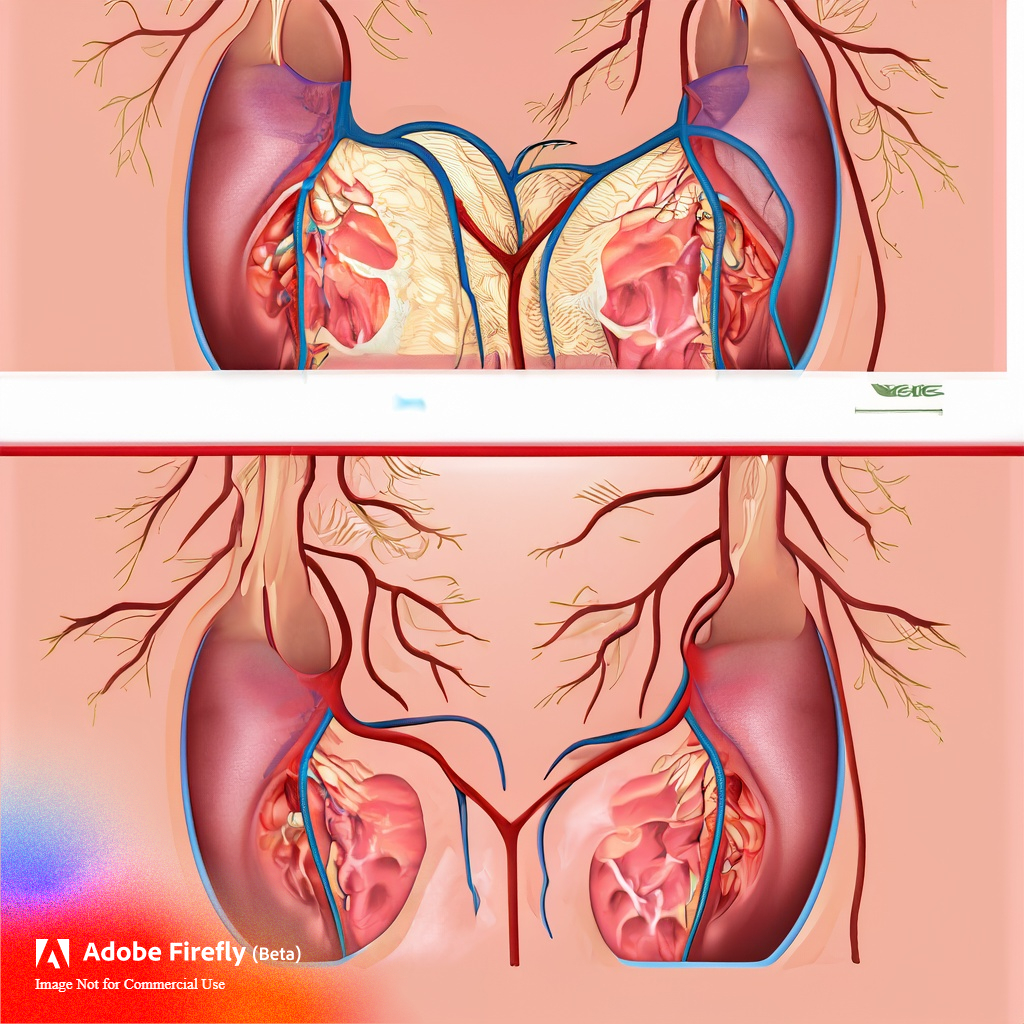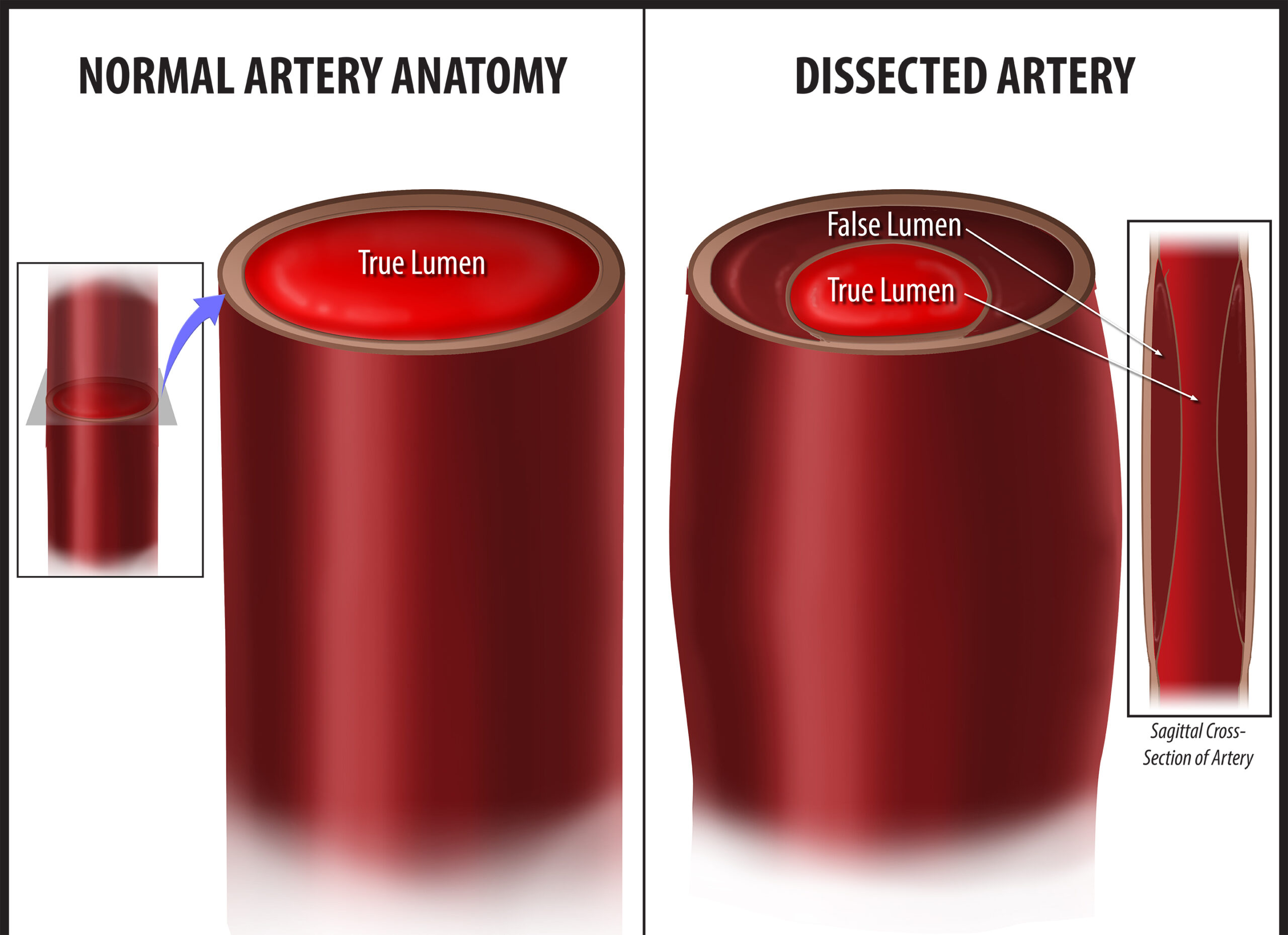Can A.I. Deliver Courtroom-Ready Demonstratives?
A Practical Test of Adobe Firefly
So here is the question: Is A.I. Ready to Create My Courtroom Demonstratives?
With equal parts curiosity and skepticism, I decided to test an A.I.-powered tool designed for visuals: Adobe’s Firefly. Firefly is one of the more advanced image-generative A.I. programs currently available. However, it’s important to remember that most of these tools are still in their infancy (beta stages) and will continue to evolve and improve over time.

The Process:

My first step was to distill my demonstrative concept into simple, clear language—a best practice no matter how you create your visuals. I uploaded this language into Firefly and iteratively refined my prompts based on the results.
Were the results promising?
The initial outputs were far from ideal (see Figure A). While Firefly managed to generate basic visual concepts, it also produced many strange, unrelated elements. These oddities prompted me to revise my prompts, which improved the visuals slightly but never enough to produce something coherent or courtroom-ready. Ultimately, I couldn’t create a demonstrative that would effectively communicate with a jury.
What were the positives?

Figure A
The process of writing and revising text prompts forced me to think critically about what I needed to convey to the jury. Some of the images Firefly generated inspired alternative ways of visualizing my concepts, turning the exercise into a brainstorming session with visuals.
How should I create a Demonstratives for my case?
Start by jotting down ideas and concepts that describe your case. Use a guiding statement like, “I want the jury to understand _______ after studying my demonstrative for 10 seconds.” Refine this language by discussing it with colleagues or friends, then consult a professional designer or illustrator experienced in demonstrative exhibits.
A skilled designer or illustrator brings more than technical expertise—they contribute creativity, empathy, and strategic thinking. They can help you navigate the creative process efficiently and make case-specific adjustments in the final stages of development. Unlike A.I., a professional’s ability to connect with human experiences and translate them into relatable visuals is invaluable.

Figure B
Summary
Reflecting on this experiment, it’s clear that while A.I. has potential in streamlining certain aspects of legal work, it falls short in areas requiring human nuance. A.I., in its current state, lacks the capacity to fully grasp the human condition, ethical considerations, and the unique complexities of a case.
For now, the human touch remains irreplaceable in creating effective courtroom demonstratives.
